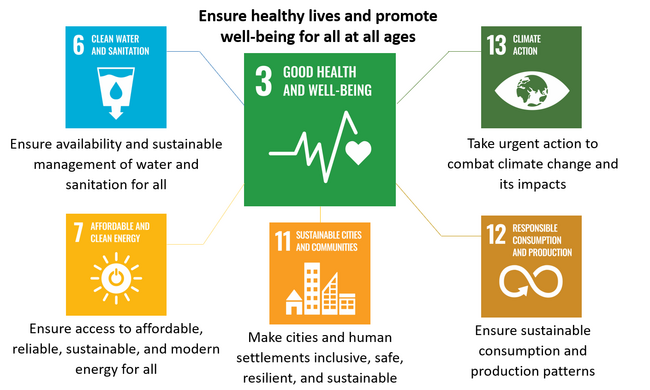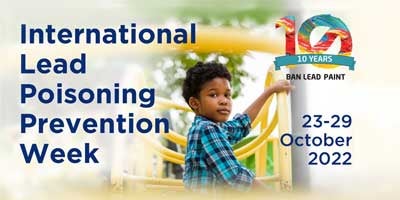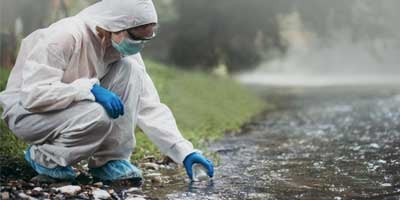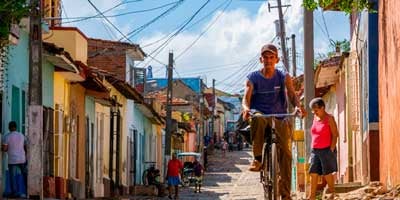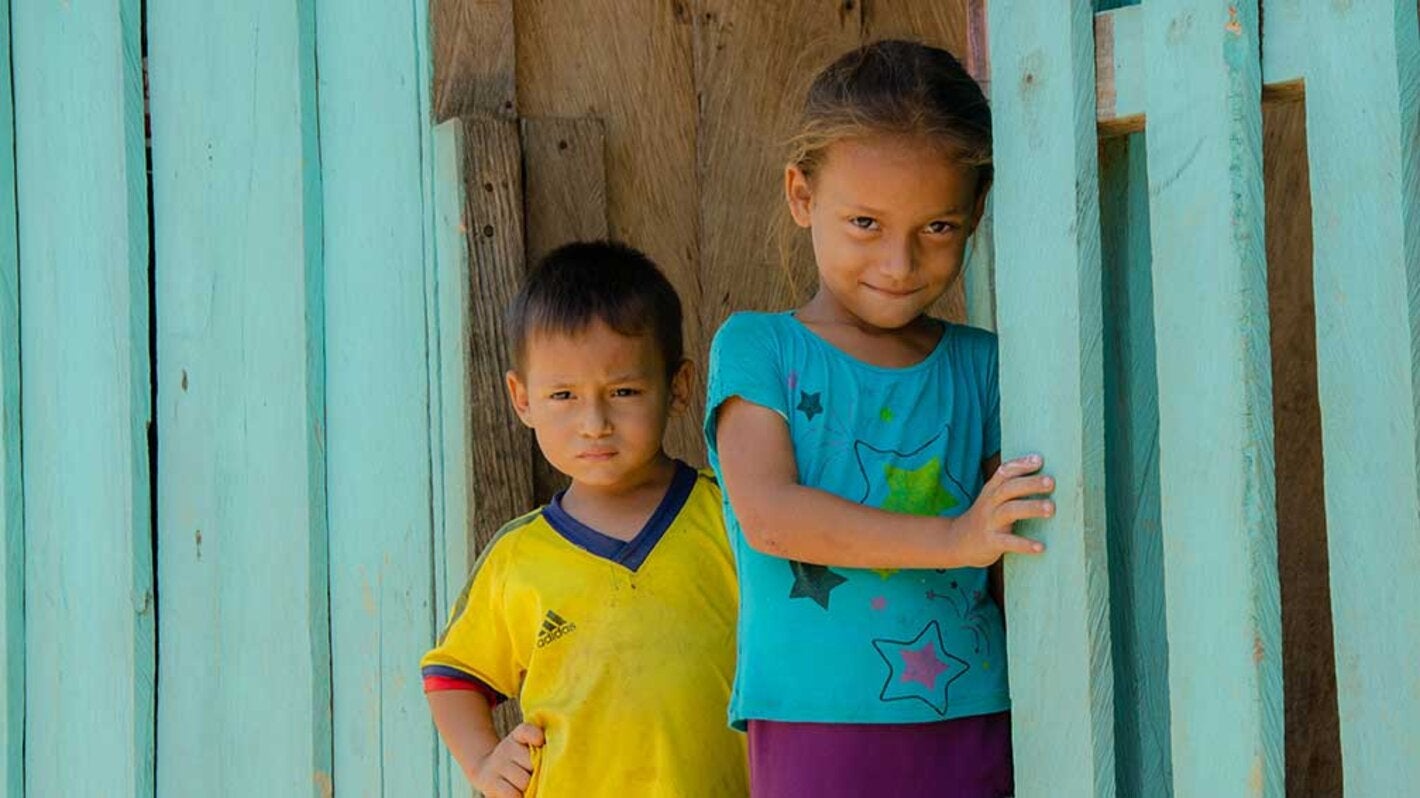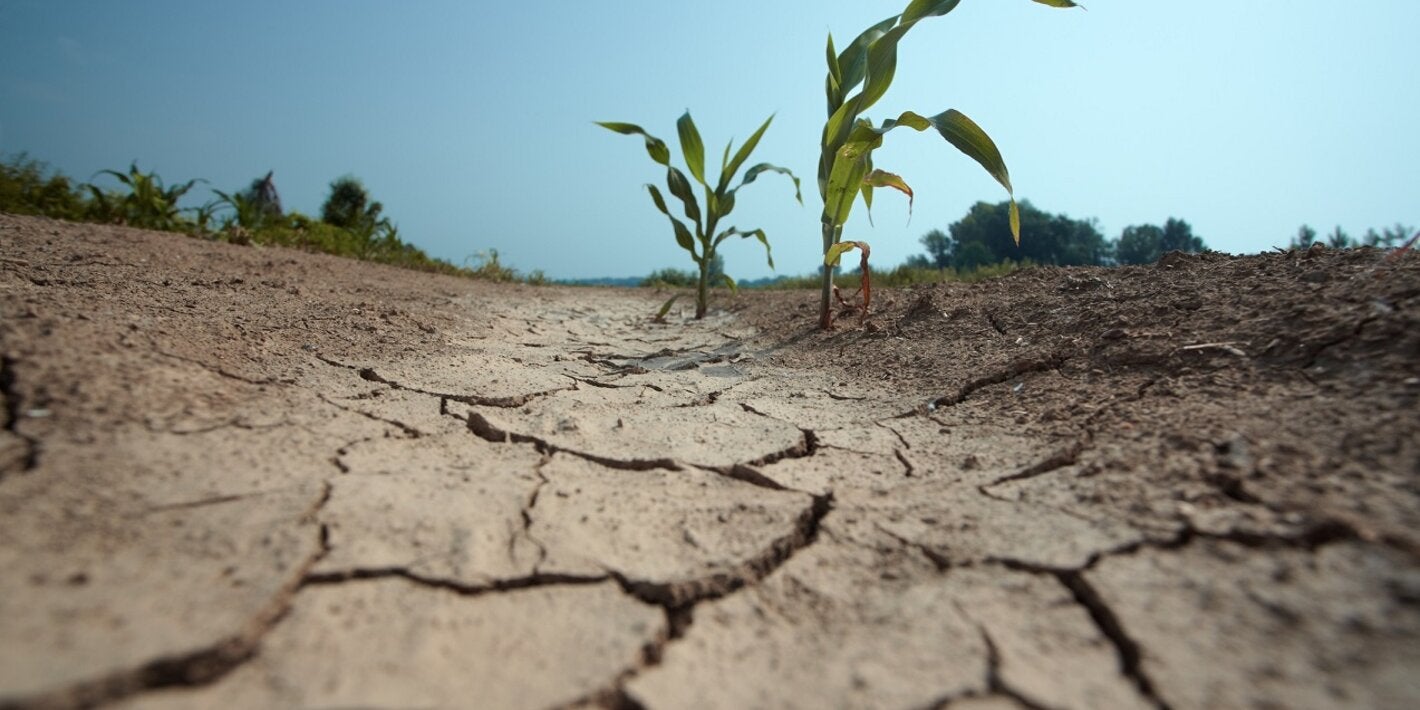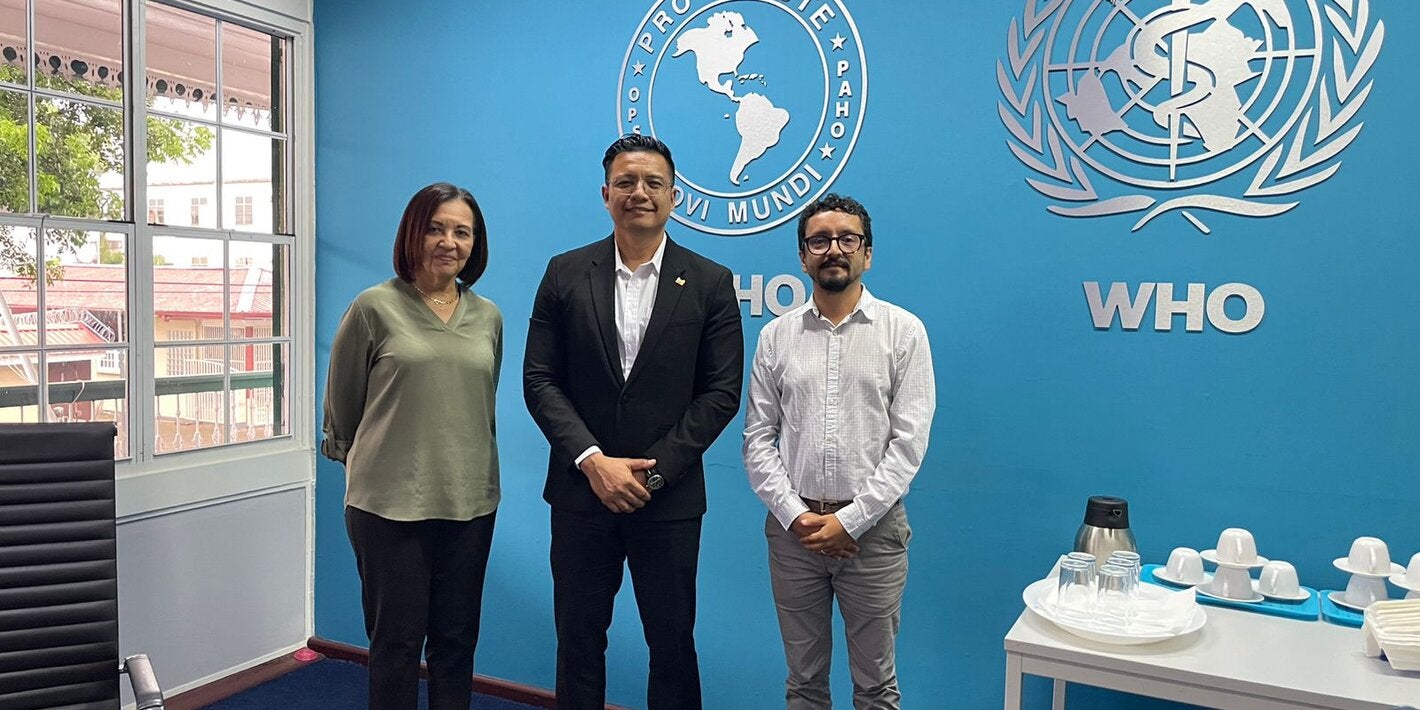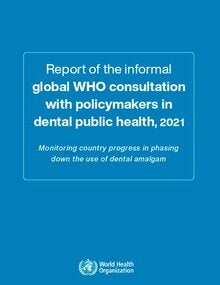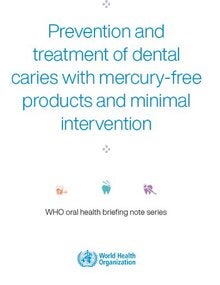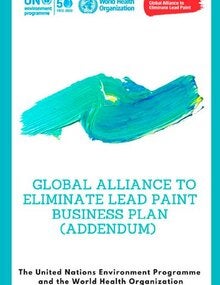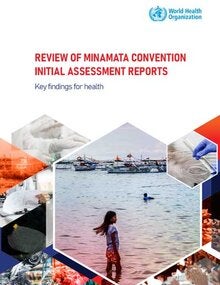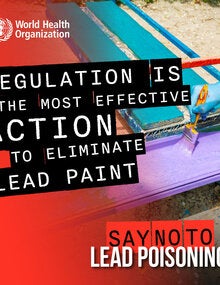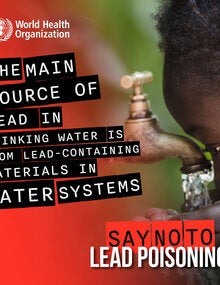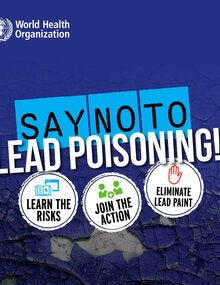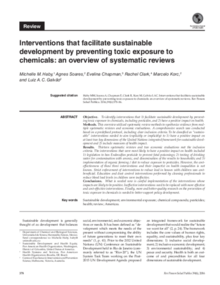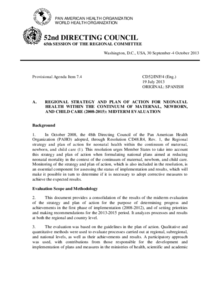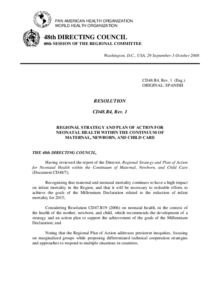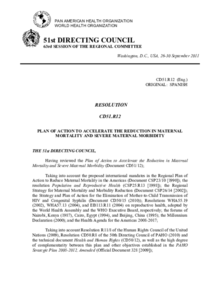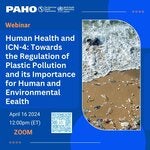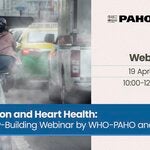All the technical guidance materials related to COVID-19 developed by PAHO can be accessed here.
QUESTIONS AND ANSWERS THAT SERVE AS BEST PRACTICES FOR PROTECTING COMMUNITIES:
1. What is household chlorine / bleach?
Bleach is the common name for the mixture of water and the chemical sodium hypochlorite, which is usually sold for household use at concentrations of between 1 - 10%. It needs to be diluted to create the disinfection solutions referred to in the technical notes, such as [https://iris.paho.org/handle/10665.2/52172].
2. What is the recommended concentration of chlorine to be used to disinfect surfaces in households?
Before disinfection, surfaces should be cleaned with water and soap. Then a sodium hypochlorite disinfection solution at 0.1% concentration should be applied.
Liquide chlorine, technical known as sodium hypochlorite, for domestic use is sold in several different concentrations. All are equally recommended, as a disinfection solution needs to be prepared at 0.1% concentration. The table found in the technical notes shows the quantity of product that needs to be mixed with what quantity of water depending on the product concentration available. [https://iris.paho.org/handle/10665.2/52172].
3. How long does 62-70% ethanol or a sodium hypochlorite disinfection solution at 0.1% concentration or 0.5% improved hydrogen peroxide take to deactivate SARS-CoV-2 on surfaces?
SARS-CoV-2 is deactivated (reduced by 99.9%) on surfaces following application of one of these disinfection solutions left to act for a minimum of 1 minute.
4. What is the minimum free chlorine residual level recommended for all points of a municipal water systems to effectively treat against SARS-COV-2 and other pathogens?
A free chlorine residual concentration of at least 0.5mg/L, measured at least 30 minutes after the chlorine is added to the water and mixed to ensure a uniform concentration. [https://iris.paho.org/handle/10665.2/52229]
5. What is the recommendation for disinfection of surfaces?
Clean frequently touched surfaces and bathrooms with soap and safe water, followed by a sodium hypochlorite disinfection solution at 0.1% concentration.
[https://iris.paho.org/handle/10665.2/52174]
6. Is disinfection recommended for people and outdoor spaces?
The recommendation is to focus cleaning and disinfection on indoor frequently touched surfaces. PAHO does not recommend the use of tunnels or cabins that spray chemicals for the disinfection of humans, or the use of disinfection foot mats, or the spraying of chemicals to disinfect the build environment, such as roads.[https://iris.paho.org/handle/10665.2/52066]
7. What is recommended for cleaning and disinfection of public transport?
- Remove visible dirt from porous surfaces and use cleaning products that are compatible with these surfaces.
- At least twice a day clean frequently touched surfaces (handrails, handles etc) with soap and safe water, then apply a sodium hypochlorite disinfection solution at 0.1% concentration and leave to act for at least 1 minute.
- Disinfect electronic surfaces based upon the factory recommendations. If none exist use 62-70% ethanol.
- Ensure that cleaning and disinfection procedures are followed consistently and correctly.
- Clean and disinfect the vehicle interior with the doors and windows open.
- When cleaning and disinfecting, individuals should wear Personal Protective Equipment (PPE) such as water-resistant gloves and an impermeable gown.
- Encourage the installation of handsfree fare systems.
[https://iris.paho.org/handle/10665.2/52188]
8. What is the best way to clean non-medical fabric masks which are commonly recommended for public use?
- Items made of cloth can be laundered in hot water and soap and allowed to dry completely to decontaminate.
- Clean non-medical fabric masks should be stored in a plastic bag to prevent contamination.
9. How should waste from households with COVID-19 cases be handled?
Dedicate a trash can with lid containing a plastic bag for the infected person and locate it within their room. Tie bags securely and place in a secondary bag before transporting and disposing of trash. Follow the national norms for the disposal of waste from infected persons. Use PPE when handling waste.
[https://iris.paho.org/handle/10665.2/52186]
10. What measures should be taken to disinfect products bought from the grocery store?
There is no evidence that supermarket or grocery store products are a source of transmission. In order to reduce the risk of transmission of SARS-COV-2, it is recommended to:
- Physically distance and perform frequent hand hygiene when at the grocery store.
- Wipe down cart or basket handles with disinfectant wipes.
- Hand washing with soap and water upon arriving home and after putting groceries away .
- Not touch your face before hand washing can be performed.
- Fruits and vegetables should be washed in safe water and thoroughly dried.
[https://iris.paho.org/handle/10665.2/52188]
11. What are the recommendations for handling money?
There is no evidence that money is a source of transmission. Emphasis must be placed on hand washing and hand hygiene at critical moments, as per guidelines found at: [https://iris.paho.org/handle/10665.2/52064]
12. Is the spraying of chemicals recommended for disinfection of public spaces and persons?
Spraying chemicals is never recommended on people. This is harmful and can cause adverse psychological and physical health effects, such as irritation in the mucosa, skin, eyes and respiratory tract. The false sense of protection can lead to increased transmission.
The spraying of chemicals is only recommended for highly contaminated empty enclosed spaces and after cleaning.
[https://iris.paho.org/handle/10665.2/52279]
13. What are among the key environmental public health recommendations for the prevention of COVID-19 in collective residential places?
- Increasing access to handwashing stations
- Ensuring safe water with a free chlorine residual of 0.5mg/L
- Handwashing with safe water and soap frequently and at critical moments
- Cleaning and disinfection of frequently touched surfaces
- Safe handling and disposal of solid waste
- Ensuring that wastewater is disposed of without contaminating the surrounding environment
- Messaging on handwashing and management of solid waste
- Ensuring adequate ventilation with a minimum of 2 air changes per hour
- Reorganization of communal spaces to ensure physical distancing
[https://iris.paho.org/handle/10665.2/52167]
14. What are the recommendations for cleaning electronic equipment?
Electronic equipment should be dusted and then disinfected several times a day, based upon manufacturer guidance, or with 62-70% alcohol. Apply the disinfection product with a cloth, not directly, as moisture or excess liquid can damage the electronics inside.
[https://iris.paho.org/handle/10665.2/52188]
15. What are the key recommendations for sanitation service workers?
• Use appropriate PPE to protect skin and mucous membranes (eyes, nose, mouth).
• Practice frequent handwashing with soap and safe water [https://iris.paho.org/handle/10665.2/52064]
• Ensure all safety measures are implemented
• Maintain physical distancing measures
16. What products can be used to wash hands?
- Handwashing is important to prevent the spread of the SARS-CoV-2, as well as other viruses and bacteria, which cause common illnesses.
- Regular soap and safe water are effective in the control of COVID-19.
- Handwashing following the correct method and time is recommended (40-60 seconds)
- If regular soap does not exist other options are:
- Natural soaps from traditional plants with saponins and that have surface-active properties, can be used, such as alfalfa, marigold, guarana, beans, common soapwort, thyme, among others
- Any surface-active agent is effective against viruses because they deactivate the proteins that surround the virus (hair or body shampoo, washes liquid utensils and detergents that contain sodium lauryl sulphate, sodium lauryl ether, linear alkylaryl sodium sulphonate (LAS or LABS) or alcohols fatty ethoxylates)
- Do not use products that contain caustic soda, which is in some commercial detergents
- If safe water and soap are not an option, 70% alcohol gel can be used for 20-30 seconds
[https://iris.paho.org/handle/10665.2/52064]
17. Is it safe to combine cleaning and/or disinfectant products in order to clean surfaces?
Combining cleaning and/or disinfectant products is not safe. As most cleaning and disinfectants are made of chemicals, mixing them can produce noxious vapors and other health hazards.
[https://iris.paho.org/handle/10665.2/52190]
18. What general precautions should be taken in the house to prevent COVID-19?
- Wash hands with soap and safe water for at least 40-60 seconds upon entering the house from outside, before and after eating, before and after food preparation, after going to the bathroom, before and after cleaning.
- Clean frequently touched surfaces at least once a day and apply a sodium hypochlorite disinfectant solution at 0.1% concentration leaving to act for at least 1 minute before being wiped off.
- Clean bathrooms at least once a day with a sodium hypochlorite disinfectant solution at 0.1% concentration, leaving the disinfectant to act for at least one minute.
- Clean fruits and vegetables with safe water and then dry thoroughly.
- Maintain good ventilation with a minimum of 2 air exchanges per hour.
- Remove shoes upon entering the house as a general good hygiene measure. [https://iris.paho.org/handle/10665.2/52174]
19. What can be done to conserve water in the context of COVID-19?
- While handwashing, only use water to wet and rinse hands. Close the tap during lathering.
- Wash dishes in a basin of water, instead of under a running tap. Rinse in a separate basin of water.
- Do not wash public or private vehicles that are not used for patient transfer.
- Flush the toilet only when it contains solid human waste.
- Avoid the use of the public water supply for irrigation:
- Use drip irrigation instead of sprinklers.
- Use rainwater catchment where possible.
- Reuse grey water from laundry and dish washing to water plants.
[https://iris.paho.org/handle/10665.2/52185]
20. Is it safe to apply to the body or ingest disinfectant solutions to treat COVID-19?
Under no circumstances should disinfectants be applied on the human body or ingested. Ingesting disinfectants may cause severe poisoning or death. Please consult with your medical doctor about the best treatment options for you.
[https://iris.paho.org/handle/10665.2/52190]
21. Can the virus that causes COVID-19 spread through drinking water?
The virus cannot be spread through water that has been treated through conventional procedures that use filtration and disinfection, such as those in most municipal drinking water systems. These procedures inactivate the virus that causes COVID-19. The free residual chlorine concentration should be 0.5mg/L throughout the system.
22. Can the COVID-19 virus spread through sewerage systems?
SARS-CoV-2 virus RNA has been found in wastewater in several countries, prior to treatment. Current scientific knowledge suggests that the virus found is not able to transmit the disease but is a marker of presence. Standard municipal and individual septic system wastewater treatment practices would inactivate any viable SARS-CoV-2.
[https://iris.paho.org/handle/10665.2/52229]
23. Should disinfection mats be used in public or private buildings?
The use of disinfection mats is not recommended. The current scientific knowledge does not suggest this would interrupt an important transmission pathway. Chlorine degrades quickly with Ultra Violet Radiation (light), and high temperatures.
24. How should clothes be washed from infected people?
- Clothes should be transported to the laundry area in a sealed bag, and care taken not to shake the clothes.
- Clothes should be laundered in warm water with soap and should be in contact with the soap for a minimum of 30 minutes.
- Dry fully.


